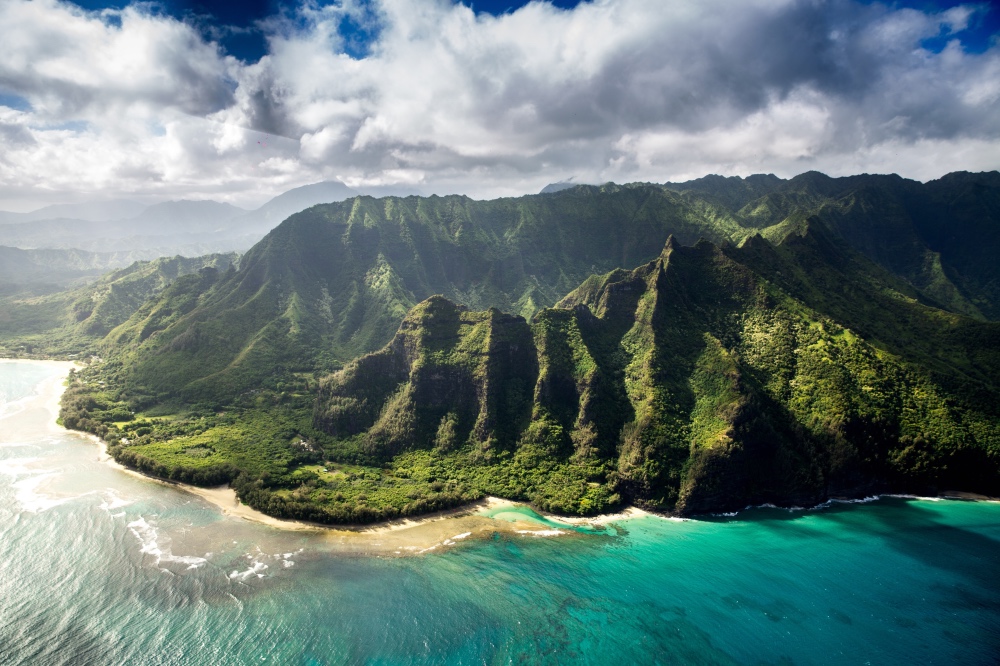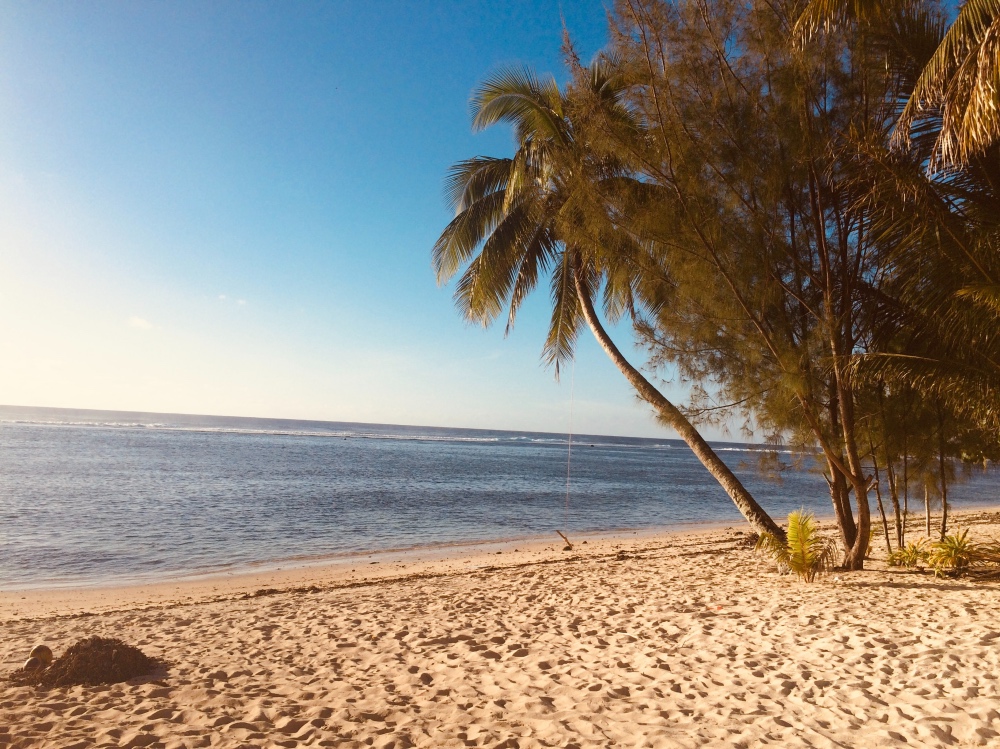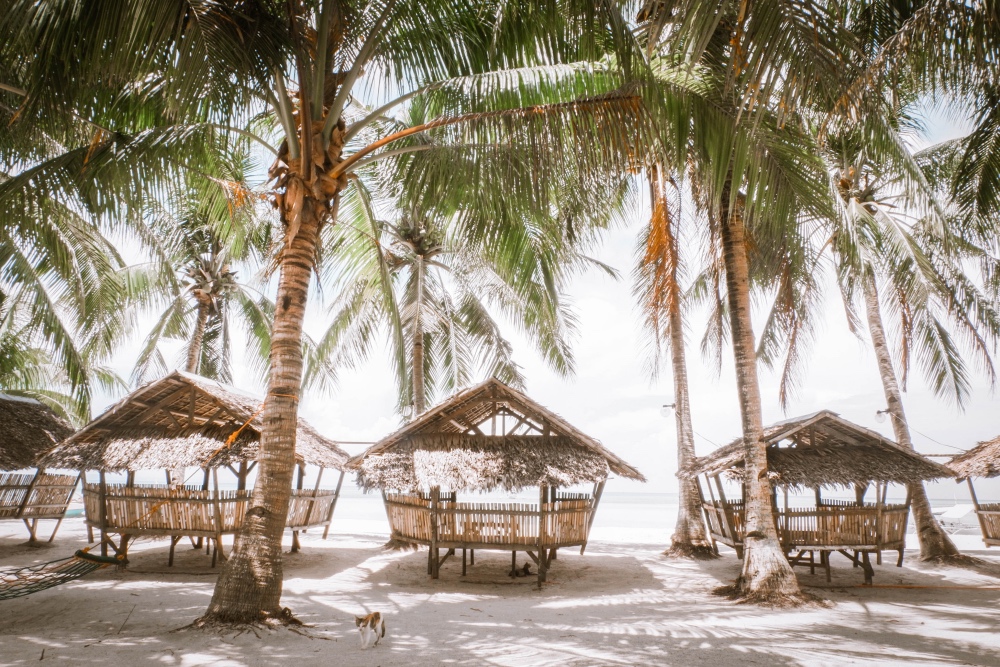
NELLIE PEYTON, of Thomson Reuters Foundation, looks at how authorities on some island communities are seeing the coronavirus pandemic as a chance to reset…
Washington DC, US
Thomson Reuters Foundation
Since coronavirus emptied Hawaii of tourists, seals have been lounging on beaches, fish are swimming closer to shore and the turquoise water of the US islands’ famous Hanauma Bay is 55 per cent clearer, one marine biologist said.
The pandemic has been devastating economically for Hawaii, whose $US18-billion tourism industry employs more than 200,000 people, or about a third of the workforce. It is among the US states with the highest unemployment rate since March.
But the absence of thousands of visitors a day has been a boon for fisheries, coral reefs and other aspects of the fragile island ecosystem that has become degraded by too much tourism and climate change.
As islands around the world grapple with similar challenges, some authorities see the pandemic as an opportunity for change. Before they open the floodgates to mass tourism again, some are questioning how much they want to go back to that model.

The island of Kauai in Hawaii. PICTURE: Braden Jarvis/Unsplash
“The path we were on prior to COVID wasn’t sustainable,” said Celeste Connors, executive director of Hawaii Green Growth, one of several UN hubs set up around the world to advance sustainable development locally.
“The numbers of tourists that were coming were actually taking a toll on the community and environmental resources,” she told the Thomson Reuters Foundation.
“The path we were on prior to COVID wasn’t sustainable…The numbers of tourists that were coming were actually taking a toll on the community and environmental resources.”
– Celeste Connors, executive director of Hawaii Green Growth.
Hawaii had not, at the time of writing, set a date for reopening to tourists, nor has it announced any plans to limit visitors. But officials said they do want to make a shift, and coronavirus may accelerate it.
“If we can move away from the mass, sort of industrial way tourism has been done and get into a more community and connected type of tourism, I think that’s where Hawaii can really shine,” said Kalani Kaanaana, director of cultural affairs and natural resources at the Hawaii Tourism Authority.
The pandemic could help small-scale tourism offerings thrive because they will be less risky for disease transmission than large resorts and attractions, he added.
Many island destinations, including Hawaii, were already discussing how to make tourism more sustainable before the novel coronavirus swept around the world this year.
Popular spots from the Philippines to the Faroe Islands have briefly closed to visitors in recent years, to allow their ecosystems to recover. But none could have imagined the months-long closure coronavirus has imposed.
Scientists at the Hawaii Institute of Marine Biology are doing surveys of water quality and wildlife, and are observing changes they have never seen before, said Kuulei Rodgers, principal investigator for the Coral Reef Ecology Lab.
The work could allow them to monitor for the first time just how big an impact tourism has on the local ecosystem.
“There’s hope that if we can establish a baseline from what we learn now, we have an argument for trying to preserve that,” said Kevin Chang, the head of KUA, an organisation advocating for community-based natural resource management in Hawaii.
KUA has compiled a list of dozens of ideas for a green post-pandemic recovery, such as using federal stimulus funds to create a conservation corps and making some tourist sites accessible only with guides to create jobs and limit capacity.
These have been shared with the state government, which has yet to put forward a recovery plan.

A beach at Raratonga on the Cook Islands. PICTURE: GS Lemafa/Unsplash
In the South Pacific, the Cook Islands were already planning a re-branding that would emphasise environmental stewardship.
Coronavirus offers a good chance to make that transition, said Metua Vaiimene, the government’s director of destination development.
“We have resolved to use this opportunity to reset and refresh our tourism industry,” Vaiimene told the Thomson Reuters Foundation.
But not all islands feel the same.
“I think what COVID-19 is doing is shaking things up enough that change is possible in places that want to do that,” said Kate Brown, executive director of the Global Island Partnership, an alliance spearheaded by island leaders.
“Some will just go back to business as usual,” Brown said.
“When they moved to tourism, it was good for their income, but what happened was we became import-dependent.”
– Alfredo Coro, vice mayor of the city of Del Carmen.
In some places, the shift away from mass tourism may be out of necessity rather than choice.
On the Philippines island of Siargao, farmers quit the fields to become tour guides when visitor numbers surged about three years ago, said Alfredo Coro, vice mayor of the city of Del Carmen.
Siargao was voted best island in the world in a poll by Condé Nast Traveler magazine last year.
But since coronavirus hit, the government has encouraged people to return to farming, and many are doing so, Coro said. The state has provided seeds and is buying up locally grown rice to distribute it back to the population.
“When they moved to tourism, it was good for their income, but what happened was we became import-dependent,” he said. “I think [the people] are starting to see what we have been preaching all along.”
Coro hopes that when tourism resumes, some islanders will continue farming because they recognise the value of it, if only for keeping their families fed during a disaster.

Beach huts in the Philippines. PICTURE: Unsplash
Similarly, some Hawaiians are turning back to fishing since the onset of the pandemic, said Mac Poepoe, a native fisherman and community leader on the island of Molokai.
“Now everybody wants to learn how to hunt, they want to learn how to catch fish,” Poepoe said.
Molokai has resisted tourism for years and its residents rely largely on subsistence fishing and farming.
It has been less affected by the coronavirus crisis than other islands, Poepoe said, although statistics show that many Molokai residents already lived in poverty.
“I think it sheds a lot of light on the reality that maybe we should get back to the land and manage [it] properly so that we can take care of our people, rather than rely on outside sources,” he said.





